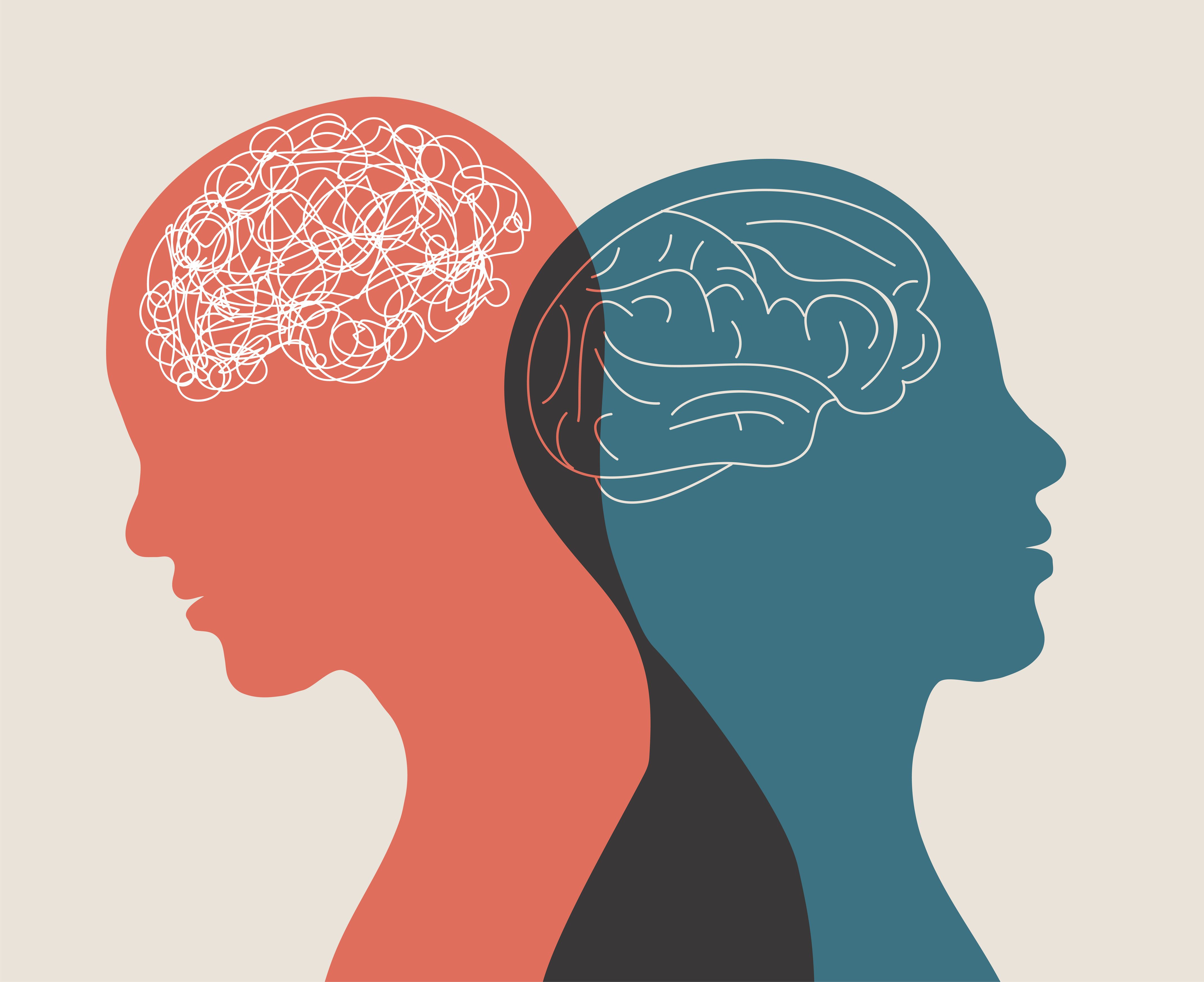Article
Mechanisms Behind Treatment-Resistant Multiple Sclerosis Discovered
Author(s):
Patients who do not respond to interferon-beta treatment for multiple sclerosis have upregulated levels of certain genes.
Researchers in a recent study successfully mapped the biology of treatment-resistant multiple sclerosis in mouse models, which could lead to new treatment options.
A majority of patients with multiple sclerosis are treated with interferon-beta to prevent disease flare-ups and neurological symptoms. However, the drug is costly, has many side effects, and does not work for nearly half of patients, according to a study published in Nature Neuroscience.
Researchers from Duke University studied mouse models of multiple sclerosis, and discovered the underlying mechanisms that lead to treatment-resistance. They also discovered novel drug candidates to treat this group of patients.
“The study shows a really clear molecular mechanism that may explain why some people do not respond to interferon-beta treatment,” said senior study author Mari Shinohara, PhD. “We’ve found what makes a difference in the response.”
In patients with multiple sclerosis, the immune system attacks the myelin, which damages neurons. These damaged neurons misfire, resulting in various neurological symptoms. Since it is still unknown what causes the damage, creating effective treatments is difficult.
Newer research also suggests that the events that lead to neuronal damage can vary among different patients.
In a 2012 study, Dr Shinohara and her research team discovered that interferon-beta inhibits the immune protein complex NLRP3 inflammasome. This complex was hypothesized to play a role in prompting the immune response that damages neurons. They also discovered that mice without inflammasome were even sicker, and did not respond to treatment with interferon-beta.
In the current study, the researchers sought to determine how the disease was prompted in mice models with inflammasome.
“We knew the second pathway bypassed the NLRP3 inflammasome,” Dr Shinohara said. “So the question became, what is actually involved?”
The researchers discovered that CXCR2 and LTBR receptors were crucial to the development of treatment-resistant multiple sclerosis, and treating these mice with a receptor blocker was able to reduce symptoms.
“We found that, depending on which type of disease the mice had, we could choose the appropriate treatment,” Dr Shinohara said.
Next, researchers examined whether these receptors are involved in multiple sclerosis in humans through data gathered from the Murdock-MS study. Researchers compared the genetic profiles of patients who responded to treatment compared with those who did not, according to the study.
“We identified individuals who were not responsive to the interferon-beta treatment, and looked at their CXCR2 and LTBR relative gene expression levels,” said study co-author Simon Gregory, PhD. “We found them to be upregulated.”
This finding means that patients who did not respond to treatment had increased production of the CXCR2 and LTBR receptors. Investigators are hopeful that targeting the receptors may be an effective treatment option for patients with multiple sclerosis.
Researchers are also planning to determine whether screening for high expression of CXCR2 and LTBR genes would be able to assist physicians in identifying which patients will benefit from interferon-beta treatment and which ones will not, according to the study.
“Now these patients have to go through all the pain, inconvenience and cost of interferon-beta treatment, only to be told that it doesn’t work for them,” Dr Shinohara concluded. “So it’s a big problem, and it would be really nice if we could tell upfront which treatment works.”






